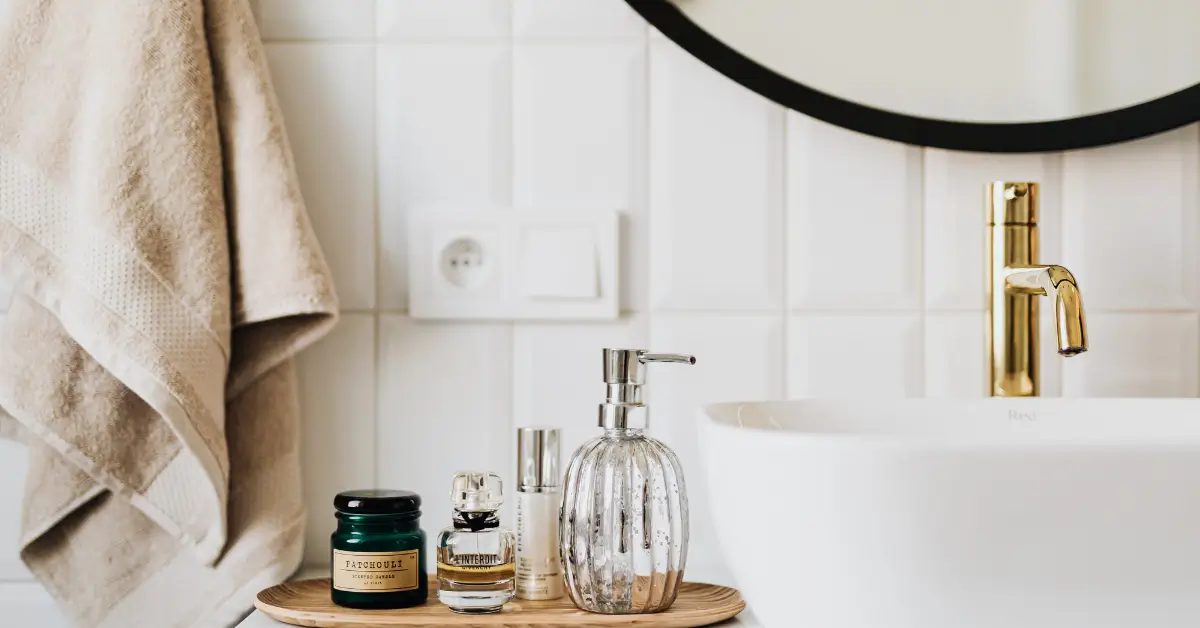
Personalized Skincare Routine Tips for Radiant Skin in Greenville, SC
Introduction
In today’s saturated skincare market, it’s easy to fall into the trap of buying whatever a friend, influencer or advertisement recommends. But your skin is as unique as you are. Factors such as your genetic makeup, hormonal fluctuations, lifestyle and environment determine how your skin behaves. Greenville’s humid summers and variable winters add another layer of complexity. That’s why a personalized skincare routine is essential for achieving healthy, radiant skin. Instead of blindly following trends, we’ll help you understand your skin type and build a routine that supports your goals.
Know your skin type and goals

Before you can customize a routine, you need to identify your skin type and what you hope to improve. Dermatologists categorize skin into five broad types: normal, oily, dry, combination and sensitive. Oily skin produces excess sebum and may be prone to clogged pores and acne. Dry skin lacks oil and often feels tight or flaky. Combination skin features both oily and dry zones (usually oily in the T‑zone and dry on the cheeks). Sensitive skin reacts easily to products or environmental changes, becoming red, itchy or burning. Once you identify your type, set specific goals—whether it’s clearing acne, reducing hyperpigmentation, smoothing texture or preventing premature aging. Write them down and prioritize; this will guide ingredient selection.
Start with the essentials

Every personalized routine shares three non‑negotiable steps:
Gentle cleanser – Remove dirt, sweat and pollutants without stripping the skin. Choose a formulation suited to your type: foaming or salicylic acid cleansers for oily skin, milky or hydrating cleansers with ceramides and hyaluronic acid for dry skin. In Greenville’s humid summers, you may need a light foaming cleanser in the morning and a gentle cream cleanser at night.
Moisturizer – Hydration keeps the skin barrier strong. For oily skin, opt for lightweight gels or lotions. Dry or mature skin benefits from richer creams containing ceramides, glycerin and squalane. Always moisturize immediately after cleansing to lock in water.
Broad‑spectrum sunscreen – UV radiation is the leading cause of premature aging and hyperpigmentation. Apply a broad‑spectrum SPF 30 or higher daily, even on cloudy days or in winter. Sunscreen should be the final step in your morning routine.
Tailored treatments and active ingredients
With your basics covered, add targeted treatments to address specific concerns. Introduce new products gradually and avoid layering multiple strong actives at once to minimize irritation.
For acne‑prone or oily skin – Ingredients like salicylic acid unclog pores and reduce inflammation. Benzoyl peroxide kills acne‑causing bacteria. Niacinamide regulates oil production and strengthens the barrier. Avoid occlusive oils and heavy creams.
For dry or mature skin – Look for ceramides, hyaluronic acid and glycerin to attract and retain moisture. Peptides support collagen production. Retinol (vitamin A derivative) encourages cell turnover and smooths fine lines, but start with a low concentration and use only at night.
For pigmentation and dullness – Vitamin C serums brighten and protect against free‑radical damage. Niacinamide reduces redness and blotchiness. Azelaic acid or alpha‑arbutin can help fade dark spots. Avoid using high concentrations of AHAs/BHAs and retinoids together to prevent over‑exfoliation.
For sensitive skin – Keep actives minimal. Focus on soothing ingredients like aloe vera, squalane and colloidal oatmeal. Perform a patch test by applying a small amount of new product to your forearm and waiting 24‑48 hours.
Morning vs. evening routines

In the morning, protect and hydrate. After cleansing, apply an antioxidant serum (like vitamin C), then a light moisturizer followed by SPF. In humid South Carolina summers, avoid heavy layers that may feel greasy; choose oil‑free moisturizers and mattifying sunscreens. At night, focus on repair and renewal. Use a gentle cleanser to remove pollutants and sunscreen, apply targeted treatments (e.g., retinol or niacinamide), then moisturize. Retinol should only be used at night and not in combination with exfoliating acids. Layer products from thinnest to thickest (e.g., watery serums first, creams last).
Seasonal adjustments
South Carolina’s climate is unique—hot and humid from May through September and cooler, drier during winter. In summer, sweat and humidity can lead to clogged pores. Use a clarifying cleanser in the evening and consider a light exfoliating serum once or twice weekly to keep pores clear. Replace heavy moisturizers with hydrating gels. In winter, indoor heating dries the air, so switch to richer creams with ceramides and add a humidifier to your bedroom. Apply hydrating serums under your moisturizer and avoid hot showers, which strip natural oils. In fall and spring, as humidity fluctuates, listen to your skin and adjust accordingly—add or remove layers as needed.
When to add professional treatments
Even a meticulously crafted home routine benefits from periodic professional treatments. HydraFacial® uses vortex‑fusion technology to cleanse, exfoliate, extract impurities and infuse antioxidant serums. It provides immediate radiance with zero downtime, making it ideal before special events. Chemical peels offer controlled exfoliation that stimulates new cell growth and collagen formation. Microneedling creates micro‑injuries that encourage collagen and elastin production, improving texture and scars. Dermaplaning removes dead skin cells and peach fuzz to give a smoother canvas. A licensed aesthetician at Skin By Kim can recommend the right treatment and adjust your home routine accordingly.
FAQs
Q: How long should I wait between layering products? Allow a minute or two between steps to let each product absorb. Lightweight serums absorb quickly, whereas richer creams may take longer.
Q: Can I skip moisturizer if my skin is oily? No. Even oily skin needs hydration. Skipping moisturizer can cause your skin to produce more oil in compensation. Choose non‑comedogenic, oil‑free formulas.
Q: How often should I exfoliate? For most skin types, 1–2 times per week is sufficient. Over‑exfoliation can compromise your skin barrier and cause irritation. Always adjust frequency based on how your skin responds.
Conclusion
Crafting a personalized skincare routine is a journey rather than a one‑time checklist. By understanding your skin type, setting clear goals and selecting the right ingredients, you can build a regimen that delivers real results. Remember to adjust for Greenville’s seasons and seek professional guidance when trying advanced treatments. If you’re unsure where to start or need a professional skin analysis, Skin By Kim offers comprehensive consultations and customized treatment plans to help you achieve glowing, healthy skin. Book your appointment today and take the first step toward a routine that’s truly yours.